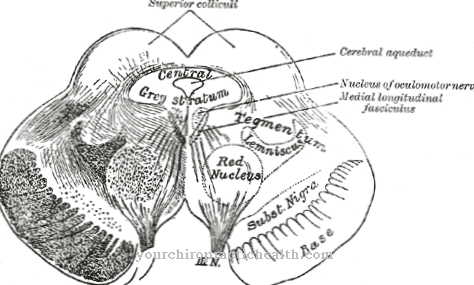As Cat's Eye Syndrome is called a rare hereditary disease. This leads to changes in the eyes, among other things.
What is cat's eye syndrome?

© imagenavi - stock.adobe.com
In medicine it is Cat's Eye Syndrome also under the names Coloboma Anal Atresia Syndrome or Schmid-Fraccaro syndrome known. This hereditary disease involves changes in the eyes (coloboma) and malformations of the rectum (anal atresia).
The term cat's eye syndrome can be traced back to the typical disease pattern. The iris of the eye has vertical-oval clefts that are already congenital. The eyes of the sick therefore have a cat-like appearance. A syndrome composed of anal atresia and iris coloboma was described as early as 1878 by the Swiss ophthalmologist Otto Haab (1850-1931).
This gave rise to the name coloboma anal atresia syndrome. The cat's eye syndrome has only been considered an independent disease since 1969. The existence of an extra chromosome was known since 1965. The Swiss geneticist Werner Schmid (1930-2002) and the Italian scientist Marco Fraccaro (1926-2008) played an important role in this discovery. The name Schmid-Fraccaro syndrome can be traced back to them.
Erica Bühler discovered in 1972 that the ancestry of the extra chromosome was derived from chromosome 22. This made it clear that a partial trisomy 22 was present. Cat's eye syndrome is very rare. The frequency of the hereditary disease per 100,000 people is 1.35 cases. A total of about 105 cases are known.
causes
The cat's eye syndrome is inherited in an autosomal dominant manner and is already congenital. The reason for the disease is an abnormality in chromosome 22. In around 83 percent of all sick people, a small excess extra chromosome forms in all body cells. This extra chromosome contains part of the genetic information of chromosome 22.
Some medical professionals suspect that the extra chromosome is caused by an inversion duplication. Because of this, it is bicentric and has satellites at both ends. In the affected areas, the genetic information is available more than twice in the genome of the affected person. Therefore, doctors also refer to the cat's eye syndrome as trisomy or tetrasomy. However, not every patient has an extra chromosome. In these cases a gene mutation or unrecognized translocations are suspected to be the cause.
Symptoms, ailments & signs
The genetic symptoms of cat's eye syndrome vary from person to person. The congenital vertical-oval fissures on the iris do not automatically occur in every patient. A combination of the key symptoms occurs in only about 40 percent of all sick people.
Typical complaints of the cat's eye syndrome are anal atresia, in which the anal fossa does not penetrate towards the rectum, and other anorectal malformations. In addition, unilateral or bilateral iris colobomas and preauricular appendages are formed. This means lobule-like appendages immediately in front of the auricle. They consist of skin or connective tissue.
Another characteristic of the hereditary disease is an oblique eyelid axis in the outer and lower direction. In many cases there is also an intellectual disability. In some patients, malformations of the urinary and genital system also occur. This can be a relocated opening of the urethra, a water sac kidney or a double ureter.
The skeletal system of the sick is also affected, which is noticeable by missing thumbs, short stature, spina bifida (neural tube malformation), a mermaid syndrome (sirenomelia) or deformed ribs. In addition, the eyes show various symptoms such as a Mongolian fold, squint, a large distance between the eyes, a pathological eyeball reduction, retinal dysplasia and cataracts.
In some cases, heart defects such as an isolated septum effect of the atrium and ventricle or a Fallot tetralogy are possible. Furthermore, the bile duct system can be affected by gallbladder atresia, the large intestine by Hirschsprung's disease and the brain by oligophrenia.
Diagnosis & course of disease
A diagnosis of the cat's eye syndrome can usually be made based on the characteristic main symptoms such as iris coloboma and anal atresia, without the need for a genetic analysis. In addition, a chromosome analysis is possible. The most certain criterion for the diagnosis of the cat's eye syndrome is the detection of the extra chromosome.
The diagnosis can also be made in patients who have no detectable genetic changes but who have typical symptoms. Anomalous hand and foot positions or unusually long thumbs are then considered important tips.
The course of the cat's eye syndrome depends on the severity of the hereditary disease and the extent to which the malformations of the kidneys, heart and rectum can be corrected. The level of psychomotor development also plays a decisive role. If the symptoms are only mild, there is no limit to life expectancy.
Complications
The cat's eye syndrome primarily causes various complaints that occur in the patient's eyes. Those affected suffer from changes in the iris. This can also lead to various malformations on the rectum, so that in the worst case, a complete breakthrough can also occur.
Most patients continue to suffer from an intellectual disability and can no longer do various things in everyday life. Most of the time, you need help from other people. The urinary tract or genitals can also be affected by malformations. The quality of life of the patient is honestly restricted and reduced by the cat's eye syndrome.
Furthermore, those affected suffer from strabismus and later in life from cataracts. Most patients also develop short stature. A heart defect can reduce life expectancy. Treatment of cat's eye syndrome can only be done symptomatically.
Many complaints can be corrected or limited, although the course of the disease will not be completely positive. In many cases, the patients and their relatives or parents need psychological treatment.
When should you go to the doctor?
People who perceive an optical change in their eyes should consult a doctor to clarify the cause. The formation of a gap in the eye is considered unusual and is a sign of the presence of a genetic disorder. The first irregularities can already be noticed after birth. Since newborns are examined intensively by obstetricians and paediatricians immediately after their birth, the irregularities are often noticeable at this stage of life.
If a home birth takes place without the presence of a midwife, a doctor must be consulted immediately after the birth for a general examination of the child's health. Alternatively, the visual changes in the growth and development phase of the child can be recognized and should be examined by a doctor immediately. Since the cat's eye syndrome also leads to a malformation of the rectum, a doctor's visit is necessary in the event of persistent digestive disorders.
If the child's development problems are noticed, the observations should also be discussed with a doctor. If the child shows, in direct comparison to their peers, reduced mental performance, a learning disability or memory disorders, a doctor's visit is necessary. If peculiarities of the skeletal system arise, a doctor should be consulted to clarify the cause. A short stature, deformation of the skeleton or disturbances of the natural movement possibilities must be examined by a doctor.
Treatment & Therapy
For the treatment of the cat's eye syndrome, surgical interventions are carried out to correct the malformations that can be achieved as much as possible. These include malformations of the anus and kidneys as well as congenital heart defects. Surgical correction of the anal atresia is particularly important, as this would otherwise lead to the early death of the child.
If the malformations cannot be corrected, this has a significant impact on the life expectancy of the patient. In addition, physiotherapy and curative educational measures can take place. Consistent early support for the child and extensive advice to the parents concerned are also important. Further treatment options are currently still in the research phase.
Outlook & forecast
For many of those affected, everyday life means that they are often dependent on the support of their families. Fortunately, there are ways to improve everyday life and thus the quality of life in the long term.
Above all, there are early surgical corrections of any malformations in the urogenital tract and anus. Regular visits to the specialist provide optimal support. Therapeutic massages and physiotherapy can be performed for psychomotor development, some of which can also be deepened by relatives in the home environment.
Close visits to the ophthalmologist enable early detection of possible deterioration in vision and the prescription of appropriate therapy. If this requires a surgical procedure, the patient must consider a few points in the follow-up care. In the first few weeks, direct sunlight must be avoided, as must any irritating face creams or other skin care products. Good hand hygiene also reduces the risk of germs being transferred to the eyes. If there is an inflammatory reaction, the doctor must be informed immediately.
Since scars remain with every surgical procedure, this often leads to mental suffering. However, psychotherapy started early usually brings quick results. Contact with other affected persons can also help both relatives and the patient themselves through the exchange of experiences.
prevention
The cat's eye syndrome is one of the inherited hereditary diseases. For this reason, no effective prevention is possible. Family counseling, which takes place after a chromosome analysis, is considered useful.
Aftercare
In most cases, those affected with cat-eye syndrome have very few or even no special follow-up options available. They are primarily dependent on a quick diagnosis with subsequent treatment so that no further complications or complaints arise. A doctor should be contacted at the first signs or symptoms of the cat's eye syndrome so that the symptoms cannot worsen.
The cat's eye syndrome cannot heal itself. Since it is a hereditary disease, it cannot be completely cured. If you want to have children, genetic testing and counseling should always be carried out first in order to prevent the disease from recurring. The various malformations are alleviated by surgical interventions.
After the surgery, those affected should definitely rest and take care of their bodies. You should refrain from strenuous or physical activities so that the body is not unnecessarily stressed. Likewise, those affected by the cat's eye syndrome are dependent on the help and care of their parents and relatives. Contact with other patients with the syndrome can also be very useful, as this can lead to an exchange of information.
You can do that yourself
People with cat's eye syndrome often need the support of family members and friends. Some measures make everyday life easier for those affected and also improve quality of life and well-being in the long term.
First of all, comprehensive medical treatment is indicated for cat's eye syndrome. Patients must visit their ophthalmologist regularly and inform them of any unusual symptoms. In this way, the therapy can be adapted promptly to any deterioration in eyesight and new symptoms. Many problems can be treated surgically. Since eye surgery is always a complicated procedure, it is essential that the patient adhere to the doctor's instructions regarding preoperative measures. The doctor must be informed in good time about the intake of medication, any allergies and other factors, if this has not yet happened.
After the operation, rest and bed rest. The eyes should not be exposed to any major stress for a few days to weeks after the procedure. Direct sunlight and contact with potentially irritating care products should be avoided. If the affected eye becomes infected, the responsible doctor must be informed immediately. Even with a positive outcome, there are often external abnormalities that should be discussed with a therapist. In this way the occurrence of possible psychological problems can be prevented.

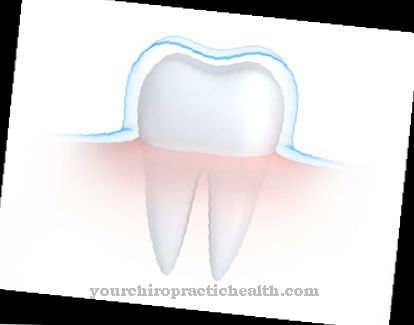
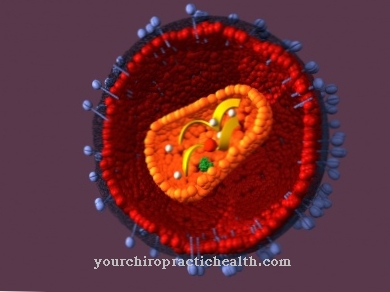
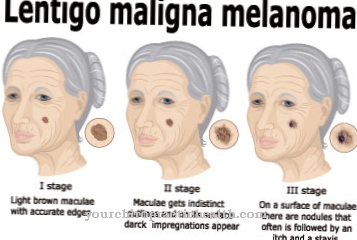
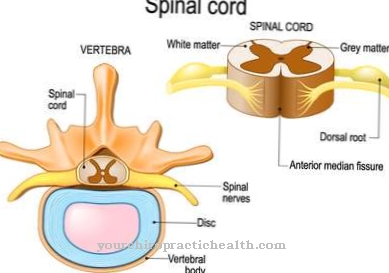



.jpg)
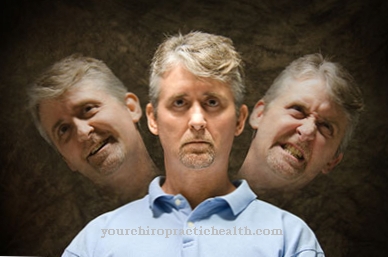
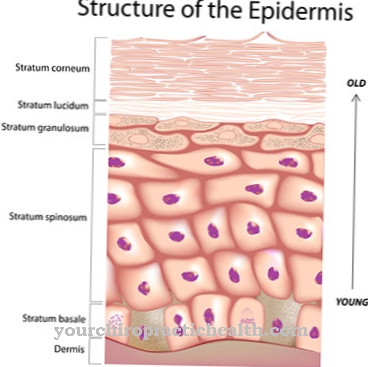
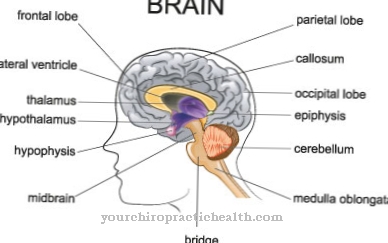
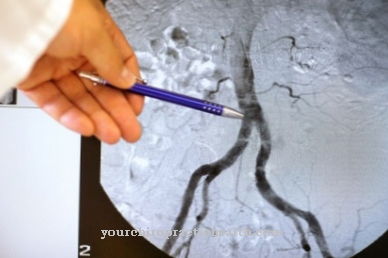
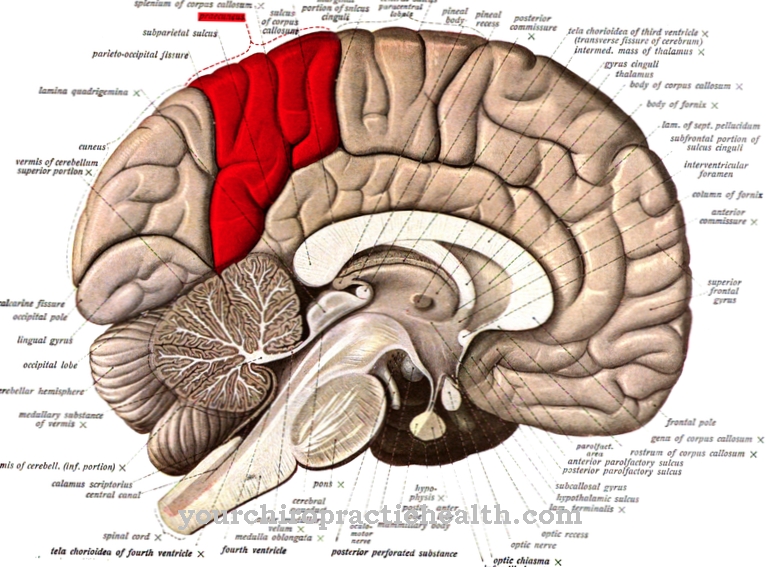
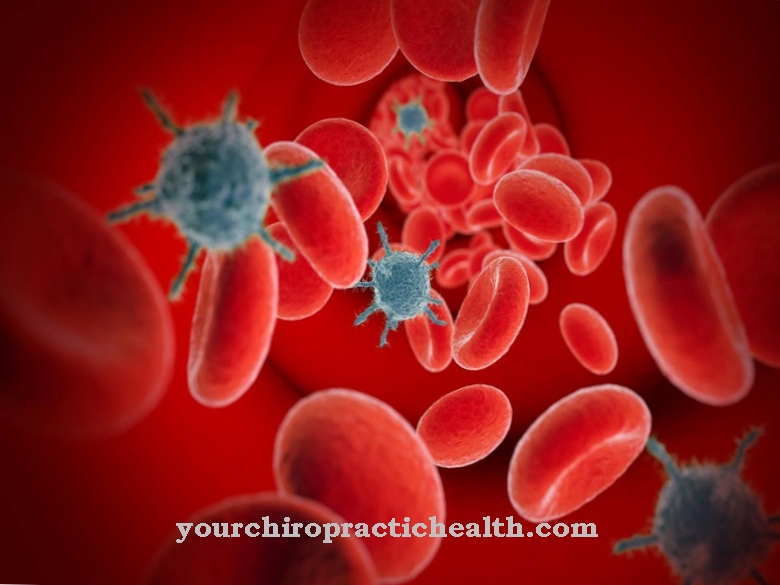


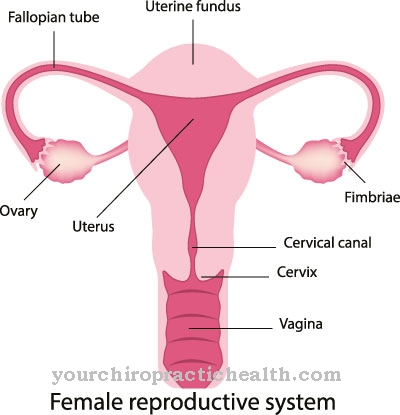


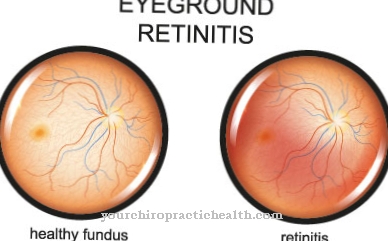


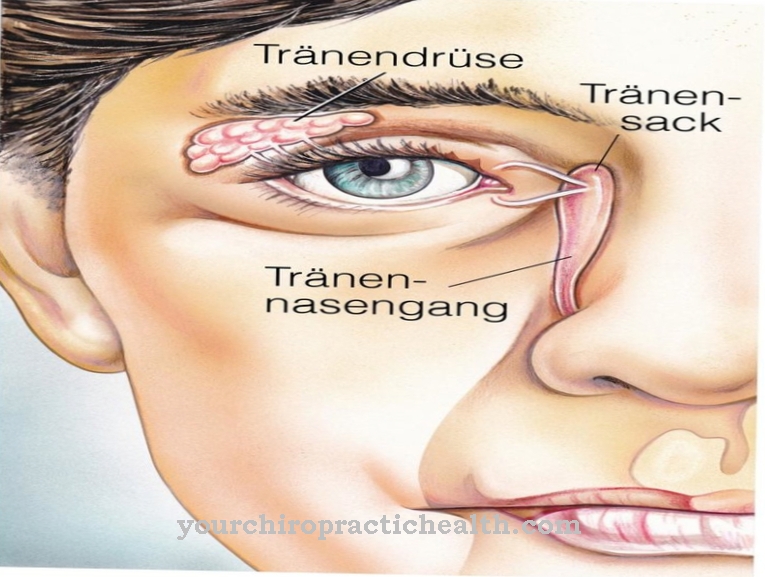
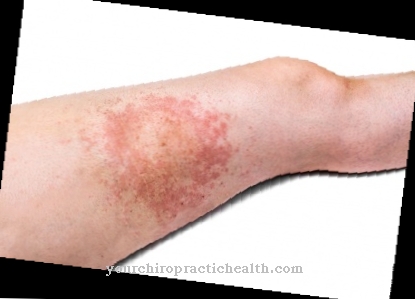


.jpg)
